Interview with constructor of Sigma lenses
1. Interview with constructor of Sigma 1.4/35 and 18-35 mm f/1.8 lenses
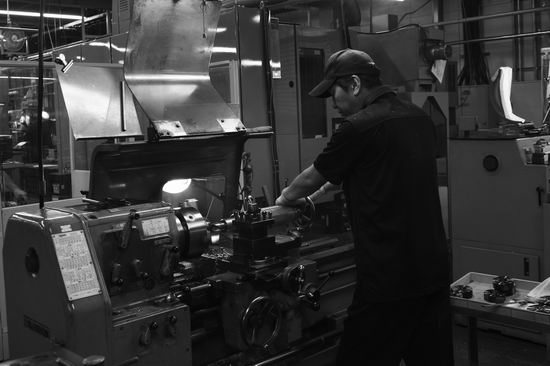 |
Question: How come You happened to become an optics specialist?
Answer: My major at the university was the Space physics. While using telescopes, I started being more and more interested in the optical measurement equipment.
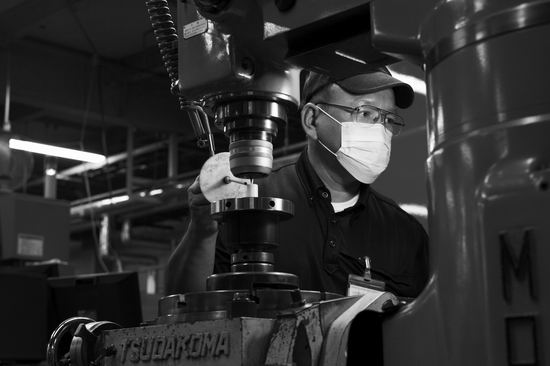 |
Please Support UsIf you enjoy our reviews and articles, and you want us to continue our work please, support our website by donating through PayPal. The funds are going to be used for paying our editorial team, renting servers, and equipping our testing studio; only that way we will be able to continue providing you interesting content for free. |
- - - - - - - - - - - - - - - - - - - - - - - - - - - - - - - - - - - - - - - - - - - - - - - -
Q: How do you begin a design of a lens? What is the starting point for a lens constructor?
A: We usually begin a design of lens with referring to previous design data on the premise of meeting the requirement of specifications from our Product Planning division.
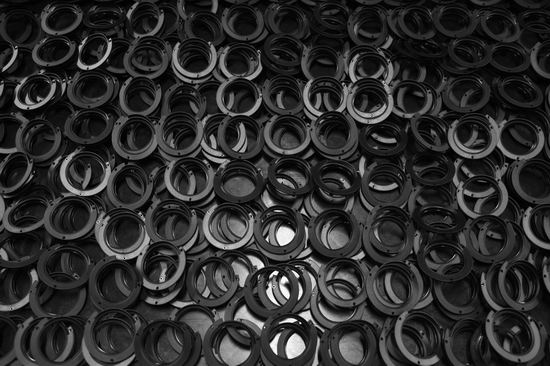 |
Q: What is more important today: intuition and experience or an access to new software and fast computers
A: We think that both are important. Although it is necessary to use machines perfectly, we cannot come up with creative ideas if we rely too much on technologies. Sometimes it is necessary to advance it with own judgment while considering about the purpose and results at all times.
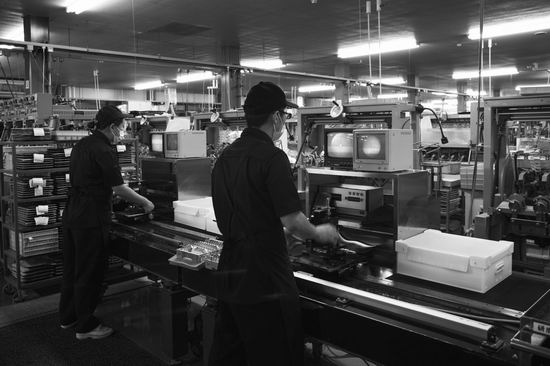 |
Q: In the era of universal usage of computer-aided optical design what are the biggest challenges of a lens constructor?
A: If we only look at the past technologies, it is not possible to respond to the new processing methods, investigation of new optics and introduction of the new construction. Approach to those is a big challenge for a lens designer. Besides, response to a progress of software is also challenging.
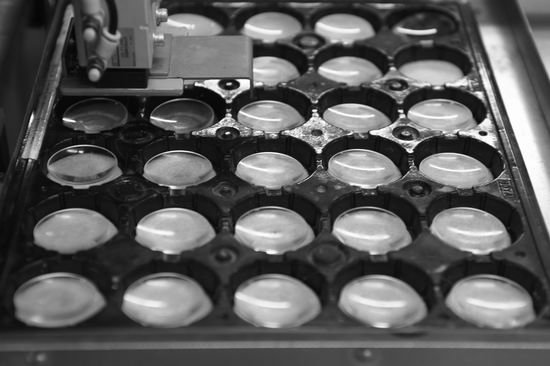 |
Q: At what point do you start thinking about the usage of antireflection coatings? Does an optics specialist think of them already at the beginning of their work or do they just optimize the final product according to the elements used in the construction or their refraction coefficient?
A: We start thinking about the usage of antireflection coatings from the middle stage of the design.
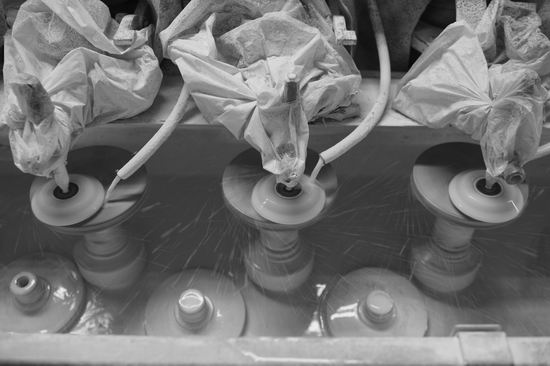 |
Q: When you began the design of the Sigma 1.4/35, did you analyse the similar constructions of rival companies or perhaps you preferred to approach such a project with a clear mind, not taking already existing solutions into consideration?
A: We set a very high target in order to achieve the superior performance to the rivals. However, we didn’t refer to the construction of any others particularly. We just pursued the best performance by our own.
 |
Q: Which of these is more difficult to design: a 1.4/35 or a 1.4/24?
A: It is not easy to say which would be more difficult as the target and the concept of lens design can change technical hurdles very much. Hypothetically, in order to achieve the same performance, designing a 24/1.4 lens will be difficult.
 |
Q: In the case of such a unique construction as the Sigma 18-35 mm f/1.8 which parameter was set as the first? The focal range? The aperture? Or perhaps the image quality was the main priority and you adjusted the rest of parameters accordingly?
A: The project had started with a lens incorporating a maximum aperture of F1.8 and 2x zoom-ratio lens with a focal length equivalent to 50mm in a 35mm format. After some speculation, we decided to produce the 18-35mm f/1.8 lens because it seemed to be able to achieve the highest performance with this spec.
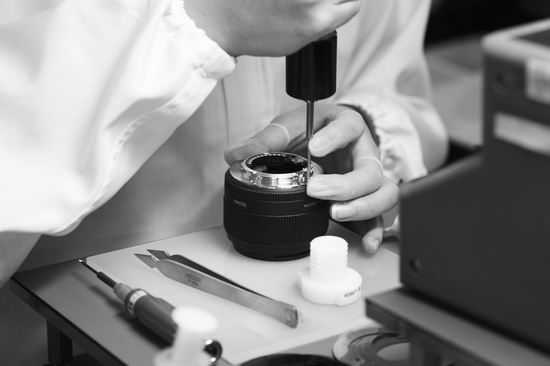 |
Q: Would the construction of a 16-35 mm f/1.8 be much more difficult?
A: Securing the high resolution as a fruit of Art line will be the hardest task.
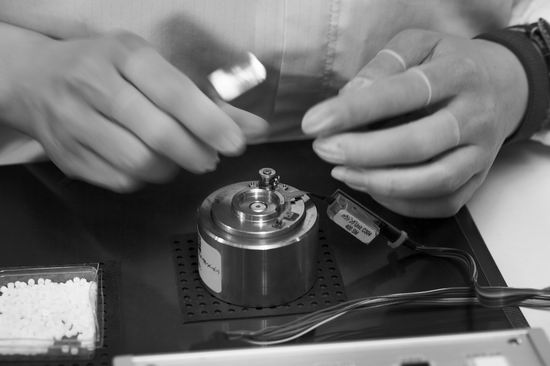 |
Q: What causes an onion-ring bokeh of the Sigma 18-35 mm f/1.8?
A:We are now investigating this phenomenon. We would like to improve it with new products.
Q: What is the reason of such a good vignetting correction of the Sigma 18-35 mm?
A: Two aspherical lenses in front group and the inner zooming system contributed to correct vignetting very well.
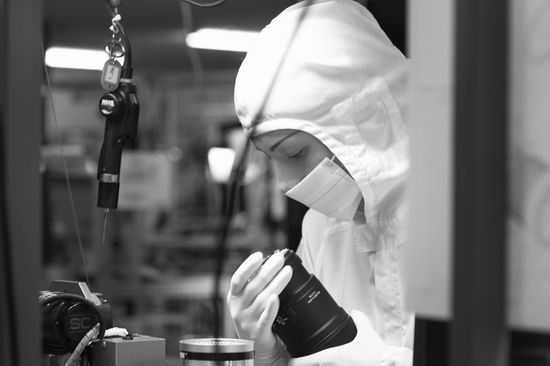 |
Q: Why the Sigma 18-35 mm filter is 72 mm in diameter while its moderately convex front element is only 49 mm in diameter? Was it impossible to use a smaller filter?
A: Although it may not be possible to attach the 49 mm filter, attaching a frame close to that size is possible. However, the frame of the filter will cause vignetting in the edges thus it's not realistic.
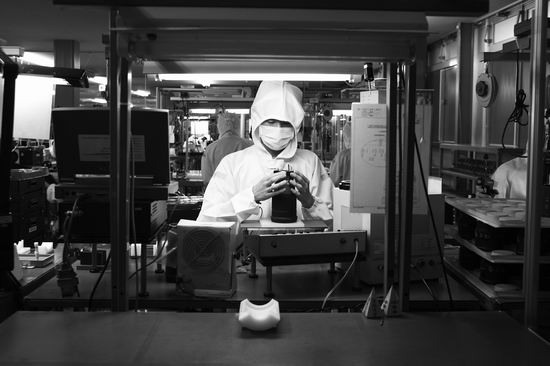 |
Q: What is, in Your opinion, the best complementary lens to the Sigma
18-35 mm: the 35-85 mm f/1.8 model or e.g. the 50-135 mm f/2.0? Which of these is more difficult to design?
A: Although we can say that both lenses are the best complementary lenses, we suppose that the 35-85 mm f/1.8 lens will be more user-friendly as the large maximum aperture of f/1.8 is the same as 18-35 mm lens.
Those two lenses will be completely different in terms of lens design, so either will be difficult.
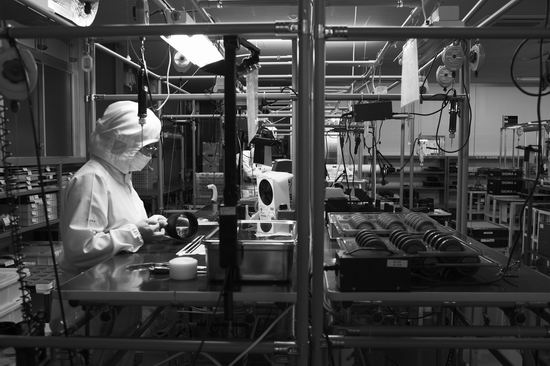 |
Q: The 28-70 mm f/2.8 class lenses have been superseded by 24-70 mm f/2.8 instruments. Taking into the account the success of the Sigma 18-35 mm are you already thinking about a full frame construction of that type or rather about e.g. a 28-70 mm f/2.0 or a 28-50 mm f/2.0 model?
A: We don’t have a very concrete idea at the moment, yet we will keep on considering designing large aperture zoom lenses.
 |
Q: At what point an optical engineer starts to think about the final price of a lens? Are costs a big constraint in the construction process?
A: Optical engineers don’t set the price of lenses, but the total cost of the lens production is a very significant element to affect the pricing. Therefore cost reduction is one of the most important factors on in the lens development process.
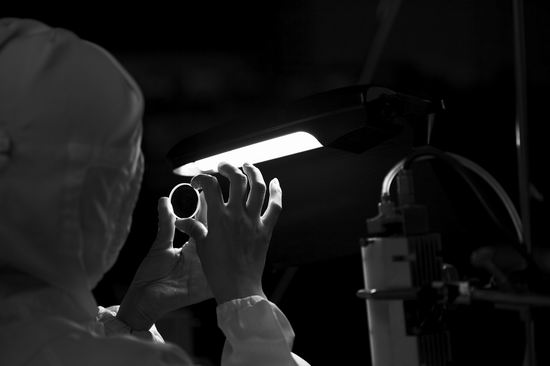 |
Q: How do the R&D and marketing division cooperate with each other? Who takes the final decision concerning the technical aspects of lens construction?
A: We don’t have a division where is in charge of R&D mainly, and our Product Planning division and each engineering section altogether play the role by monitoring market demand and its trend. The Marketing division analyses the market situation and the information is passed onto the Product Planning division. Then, Product Planning division determines which product to commercialize based on the information. Each engineering section advances the development by fulfilling their missions.
Besides, the decision in the crucial process for commercialization is done by our CEO.
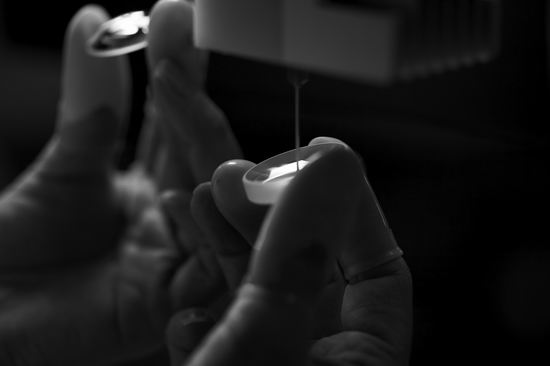 |
Q: Does an access to low dispersion glass of different kind (SLD, FLD) or high refraction index glass make the work of an optics specialist noticeably easier?
A: Although low dispersion glasses are essential optics for the development for high performance lenses, using them does not explain the whole story of the success. Adequate experiences and flexible ideas are essential for lens design as it enables us to grasp the features of each optic and optimize them in the product.
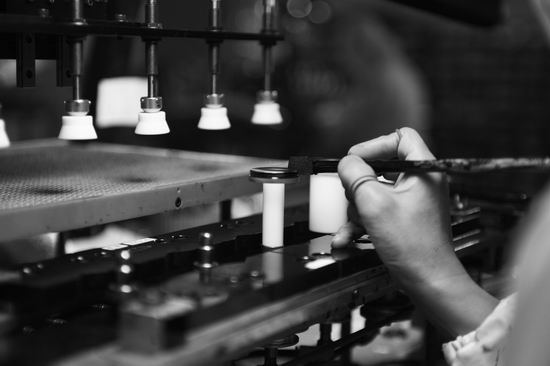 |
Q: Several previous constructions (like in the 8-16 mm of the 17-50 mm) were equipped with fluorite glass FLD. There are no such elements in the new lenses. Why?
A: Our 35 mm f/1.4 DG HSM, 17-70 mm f/2.8-4 DC MACRO OS HSM and 120-300 mm f/2.8 DG OS HSM lenses all incorporate the FLD glass. However, the most important point is not using the low dispersion glass but combining each optic by utilizing their characteristics in the most effective way.
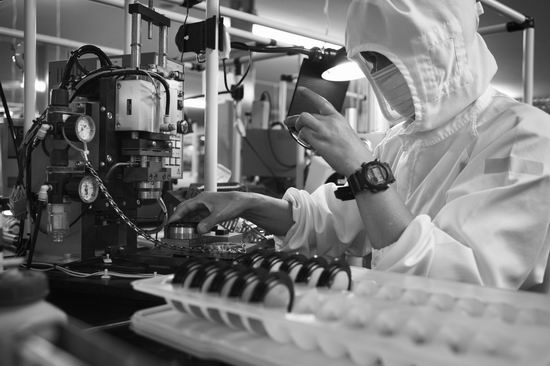 |
Q: How the optical stabilization influences the resolution of an image?
After all in such a construction there are movable elements. Is designing stabilized lenses more difficult than designing ordinary lenses?
A: We think that the optical stabilization system reduces camera shake which affects resolution. Because the optical stabilization system needs to move some of the lens groups, the lens design with OS function will be more difficult from both optical and mechanical points of view.
 |
Q: The fastest mass-produced lenses, designed for full frame sensors, feature an aperture of f/0.95-f/1.0. Is it possible to construct even faster optical devices? What is the main limitation when it comes to the construction of such extremely fast lenses?
A: For DSLR cameras, it must be highly complicated to achieve such a goal since mirror box and diameter of the mount will have a huge impact on the lens design. However, in principle, it is possible for mirrorless cameras yet will have some restrictions of camera systems. Also, achieving descent optical performance, especially in the peripheral areas, will be another big issue.
Q: When it comes to the lenses of Micro 4/3 class there are Voigtlander f/0.95 constructions already available on the market. Does Sigma think about producing such instruments for mirrorless cameras?
A: We don’t have such plans now.
 |
Q: When it comes to mirrorless cameras you are not limited by the size of the mirror cage. How does it influence the optical construction of a lens - is it more or less difficult because of that?
A: It influences advantageously for the design of wide angle lenses.
Q: Is a lens designed with a particular mount in mind or do you start with a universal design and only later you decide what mount it should be given and when?
A: From the beginning, we always have the lens design to be compatible with the system of each company. We determine if we produce the lens for a conventional DSLR cameras or mirrorless cameras at the planning phase.
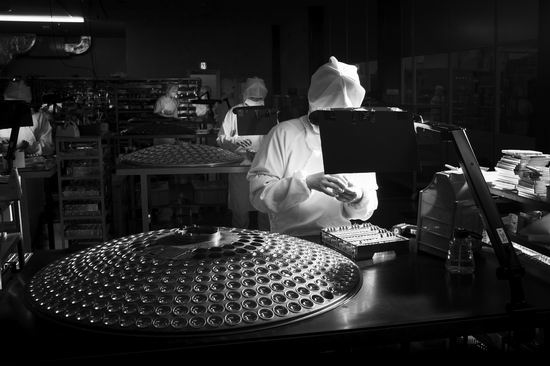 |
Q: More and more often such aberrations as the chromatic aberration, vignetting or distortion are corrected by the software. Does it stem from the fact that the digital cameras nowadays feature more and more efficient processors or is it a result of an increased pressure to improve time-to-market, making it impossible to design an optical instrument in a proper way?
A: Because it is almost impossible to design a perfect lens which doesn’t have any weakness in the performance, we think that correcting it by software is meaningful. However, it is not possible to correct weakness completely by the digital compensation. Therefore, we think that enhancement of lens performance itself is very important. Under this policy, we design our products, so it is difficult to answer to this question.
Q: More and more cameras, launched on the market, are mirrorless constructions, characterized by short flange focal distances. Of course such a situation demands a quite different approach to the lens construction, especially when it comes to telephoto lenses. Do you still look for new technical solutions in an active way when it comes to the optics or are the coatings the only innovation here? Or maybe the construction process is just like playing with Lego blocks, modifying slightly the same proven constructions over and over again?
A: Concerning telephoto lenses for mirrorless cameras, it's important to take the design of AF system into consideration. Rather than flange focal distance, to function the lens groups and the optimized mechanical design is more substantial element for a lens development.
There are many ways to improve lens performance apart from optical technology. Thus, we are always working on any type of development for our technical innovation. Conventional designing methods have also some room for improvement, so our engineers are refining their skills by studying it thoroughly.
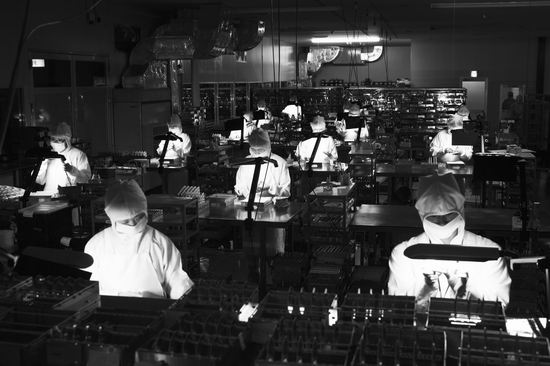 |
Q: What do you think of catadioptric constructions? Do they still have some future or are they becoming more and more obsolete?
A: Neither we can say. It depends on the concept of a new lens and how we cope with the unavoidable phenomena such as rounded bokeh.
Q: Does the increasing number of pixels in sensors is a huge challenge for new optical constructions?
A: Yes, it will be a big challenge. We can say that high performance lenses are the fruits of those challenges we have overcome.
Q: . Is a mechanical construction of a lens (blackening of inner tubes, baffles, the influence of mechanical and electronic parts on the vignetting) still the task of an optics specialist or somebody else's?
A: We manage it together with specialized engineers.
Q: What about liquid lenses? Do you consider this technology as a breakthrough or rather cul-de-sac?
A: Although we would like to handle this technology in the mid-long term, it is difficult to do so in the short term since there are many technical problems to solve.
Q: Thank you.






